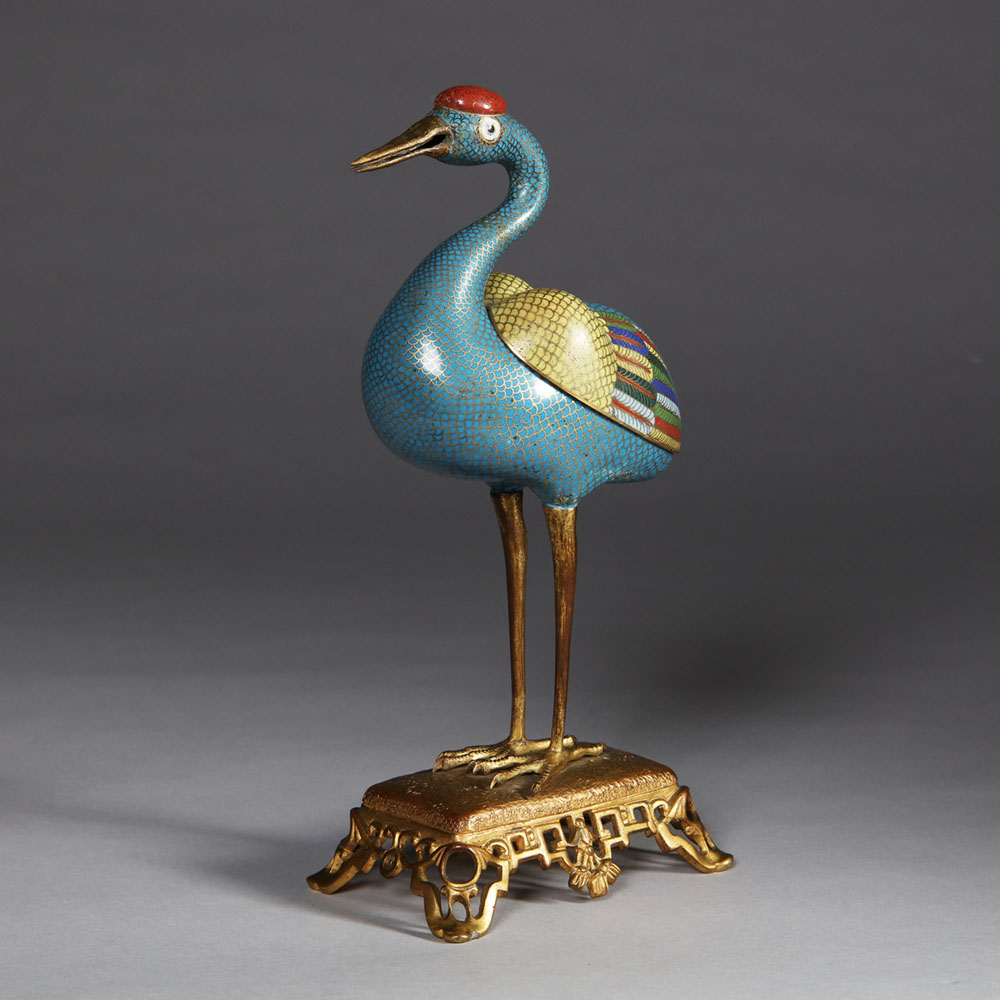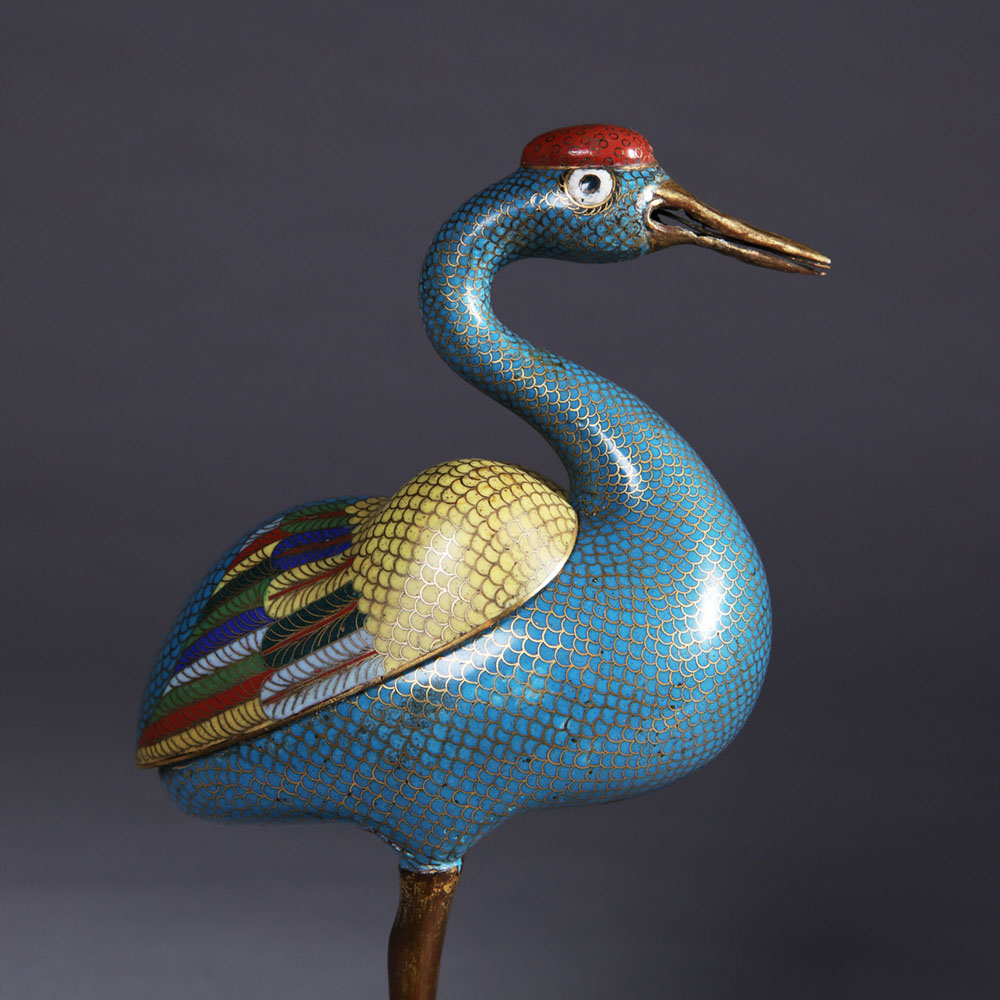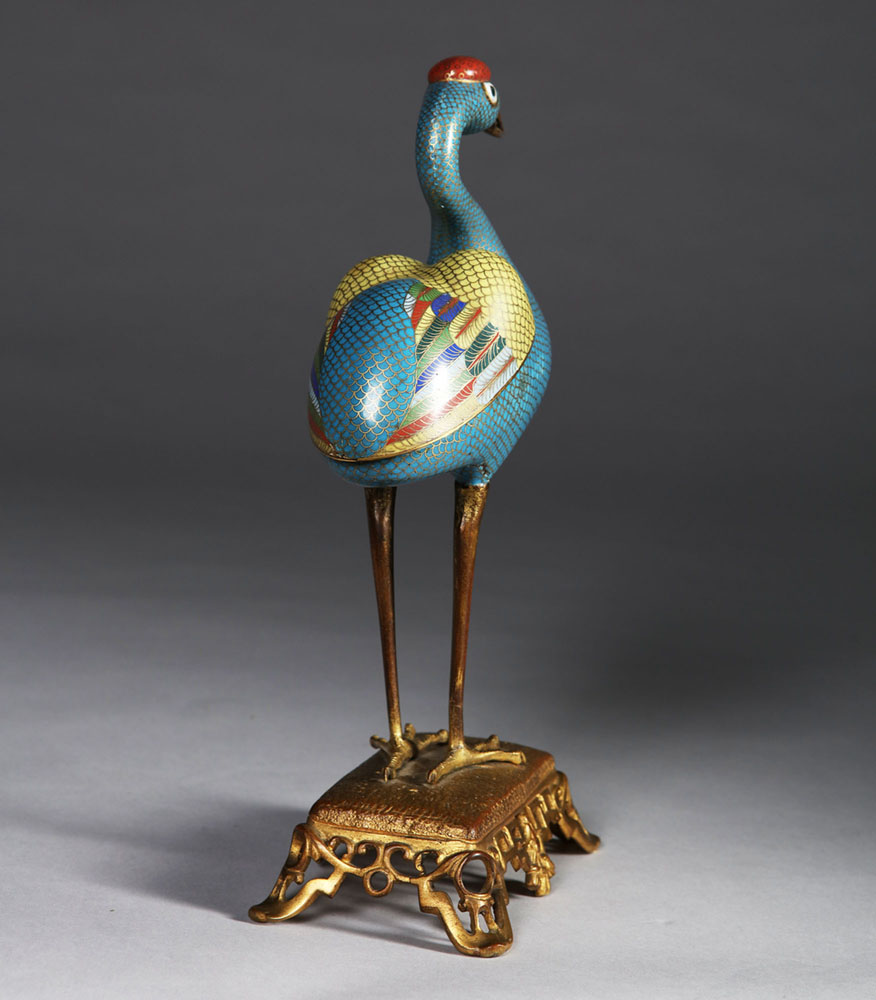Chinese Cloisonne Enamel Censer Modelled as a Crane 18/19th-Century Qing Dynasty
1750 to 1800 China
Sold
Request Information
Follow Us
Chinese Cloisonne Enamel Censer Modelled as a Crane 18/19th-Century Qing Dynasty
The characterful and charming
Condition
Original
Provenance
Possibly ex Mallet
Literature
Dimensions
PREVIOUSLY SOLD
No Results Found
The page you requested could not be found. Try refining your search, or use the navigation above to locate the post.
No Results Found
The page you requested could not be found. Try refining your search, or use the navigation above to locate the post.
YOU MAY ALSO LIKE
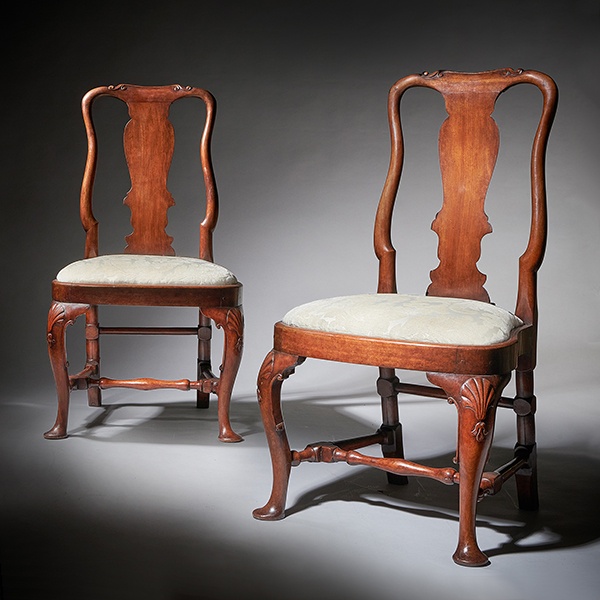
Pair of George I 18th Century Carved Mahogany Chairs, Circa 1720
Pair of George I 18th Century Carved Mahogany Chairs, Circa 1720 £4,400Follow UsPair of George I 18th Century Carved Mahogany Chairs, Circa 1720 A superb pair of early 18th-century carved George I mahogany chairs, circa 1720. Each chair is of...
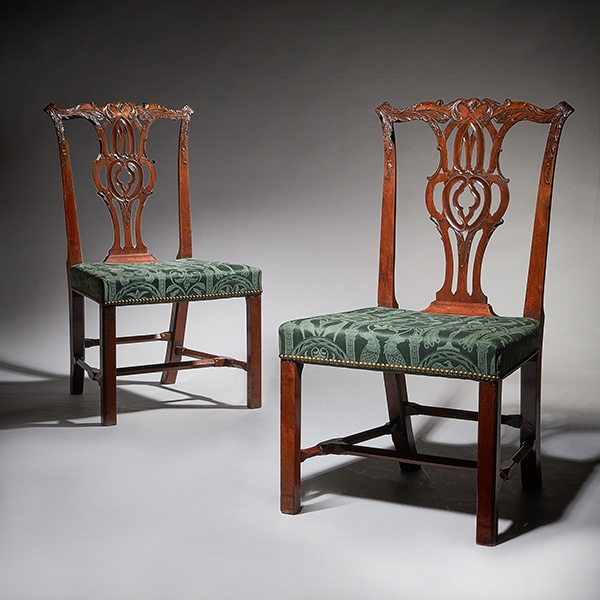
Pair of 18th Century George III Carved Mahogany Chippendale Chairs
Pair of 18th Century George III Carved Mahogany Chippendale Chairs £8,900Follow UsPair of 18th Century George III Carved Mahogany Chippendale Chairs A simply superb pair of carved George III mahogany chairs, C.1770. Condition Good. Wear...
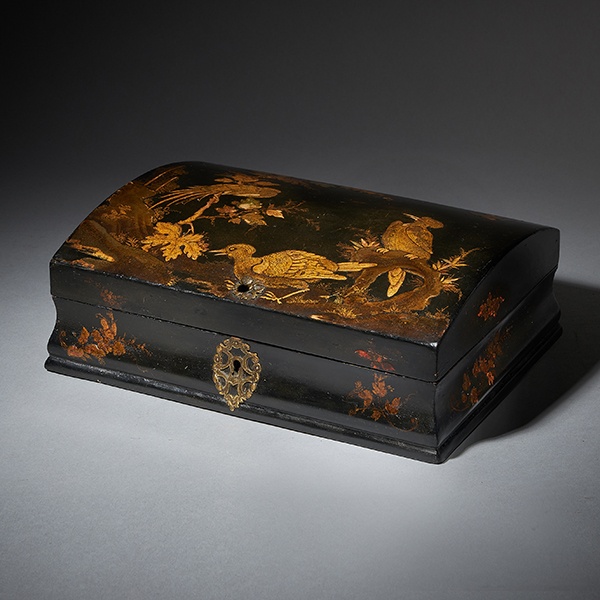
18th Century Japanned Chinoiserie Dome-Topped Box, Circa 1715-1725
18th Century Japanned Chinoiserie Dome-Topped Box, Circa 1715-1725 £3,800Follow Us18th Century Japanned Chinoiserie Dome-Topped Box, Circa 1715-1725 Early 18th century George I Japanned Chinoiserie dome-topped box, Circa 1715-1725. England or...
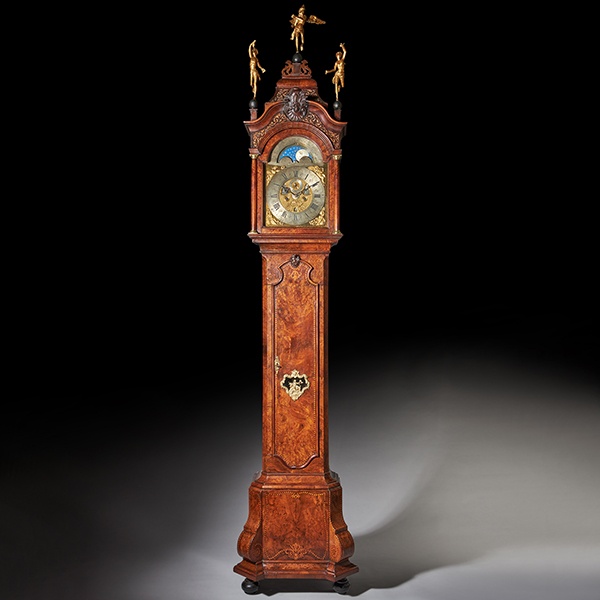
Magnificent 18th Century Striking Dutch Amsterdam Burl Walnut Longcase Clock
Magnificent 18th Century Striking Dutch Amsterdam Burl Walnut Longcase Clock £26,000Follow UsMagnificent 18th Century Striking Dutch Amsterdam Burl Walnut Longcase Clock An impressive Dutch longcase clock with a burr walnut veneered oak case,...

18th Century George III Mahogany Wine Cooler or Cellarette
18th Century George III Mahogany Wine Cooler or Cellarette £4,600Follow Us18th Century George III Mahogany Wine Cooler or Cellarette A fine and well-figured George III mahogany hexagonal wine cooler or cellarette on the original stand, C....

Striking 19th Century Carriage Clock with a Gilt-Brass Corniche Case by Grohé
Striking 19th Century Carriage Clock with a Gilt-Brass Corniche Case by Grohé £3,995 Follow UsStriking 19th Century Carriage Clock with a Gilt-Brass Corniche Case by Grohé Striking carriage clock with a gilt-brass corniche case by Grohé,...

Pair of George I 18th Century Carved Mahogany Chairs, Circa 1720
Pair of George I 18th Century Carved Mahogany Chairs, Circa 1720 £4,400Follow UsPair of George I 18th Century Carved Mahogany Chairs, Circa 1720 A superb pair of early 18th-century carved George I mahogany chairs, circa 1720. Each chair is of...

Pair of 18th Century George III Carved Mahogany Chippendale Chairs
Pair of 18th Century George III Carved Mahogany Chippendale Chairs £8,900Follow UsPair of 18th Century George III Carved Mahogany Chippendale Chairs A simply superb pair of carved George III mahogany chairs, C.1770. Condition Good. Wear...

18th Century Japanned Chinoiserie Dome-Topped Box, Circa 1715-1725
18th Century Japanned Chinoiserie Dome-Topped Box, Circa 1715-1725 £3,800Follow Us18th Century Japanned Chinoiserie Dome-Topped Box, Circa 1715-1725 Early 18th century George I Japanned Chinoiserie dome-topped box, Circa 1715-1725. England or...

Magnificent 18th Century Striking Dutch Amsterdam Burl Walnut Longcase Clock
Magnificent 18th Century Striking Dutch Amsterdam Burl Walnut Longcase Clock £26,000Follow UsMagnificent 18th Century Striking Dutch Amsterdam Burl Walnut Longcase Clock An impressive Dutch longcase clock with a burr walnut veneered oak case,...

18th Century George III Mahogany Wine Cooler or Cellarette
18th Century George III Mahogany Wine Cooler or Cellarette £4,600Follow Us18th Century George III Mahogany Wine Cooler or Cellarette A fine and well-figured George III mahogany hexagonal wine cooler or cellarette on the original stand, C....

Striking 19th Century Carriage Clock with a Gilt-Brass Corniche Case by Grohé
Striking 19th Century Carriage Clock with a Gilt-Brass Corniche Case by Grohé £3,995 Follow UsStriking 19th Century Carriage Clock with a Gilt-Brass Corniche Case by Grohé Striking carriage clock with a gilt-brass corniche case by Grohé,...




